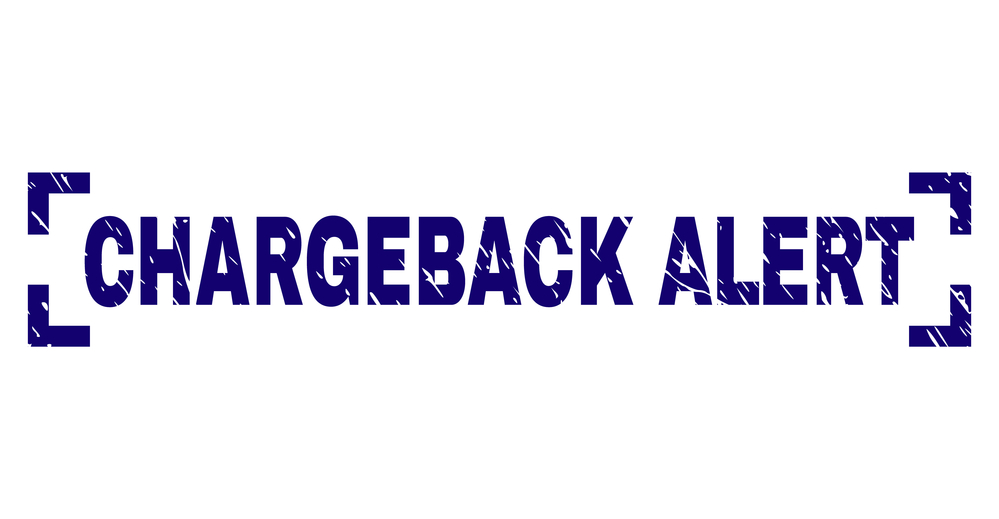Category: E-COMMERCE
-
Are chargeback alert services right for me, and which one do I choose? Let’s weigh in.
Every business owner wants to prevent chargebacks, especially high-risk merchants. There’s no 100% fool-proof way to prevent a chargeback from happening, that’s just the cold truth. But there are ways to minimize the occurrence of chargebacks, and one of the leading methods is by using a chargeback alert service. These services are attractive options for many businesses, but whether you use one depends on…
Written by

-
Applying for a high-risk merchant account in the USA? Here’s what you need to know.
Any financial application has its challenges to overcome and applying for a high-risk merchant account in the USA is no exception. Staying on top of those challenges by anticipating them can minimize the time spent during the application’s processing and maximize your approval odds. You’ve taken the right first step with having an interest in…
Written by

-
The Business of Love: Maximize Profitability for Dating Coaching Businesses with Easy Payment Services
Finding true love, seeking connections, boredom – no matter the reason, dating apps and online dating coaching businesses are on the up and up. The convenience and advancements of technology as well as the unfortunate loneliness of being stuck at home during the pandemic triggered an economic boom for the dating market. Making a profit…
Written by

-
How to Secure Payment Processing for SaaS Applications
SaaS applications are one of the most convenient for users and the companies who offer them are fast-growing, acting as strong contenders for redefining what a service or business can be. That convenience comes with a price, however. Because SaaS applications are web-based software and often require subscription pricing models, they are flagged as high-risk to…
Written by

-
The Ins and Outs of Subscription Merchant Services
There’s been somewhat of a renaissance in recent times when it comes to subscription services. Industries of all types have embraced this new subscription model as something that delivers consistent recurring revenue, while also providing the financial stability needed to continually improve the customer experience for the end-user. When done well, this business model can…
Written by
